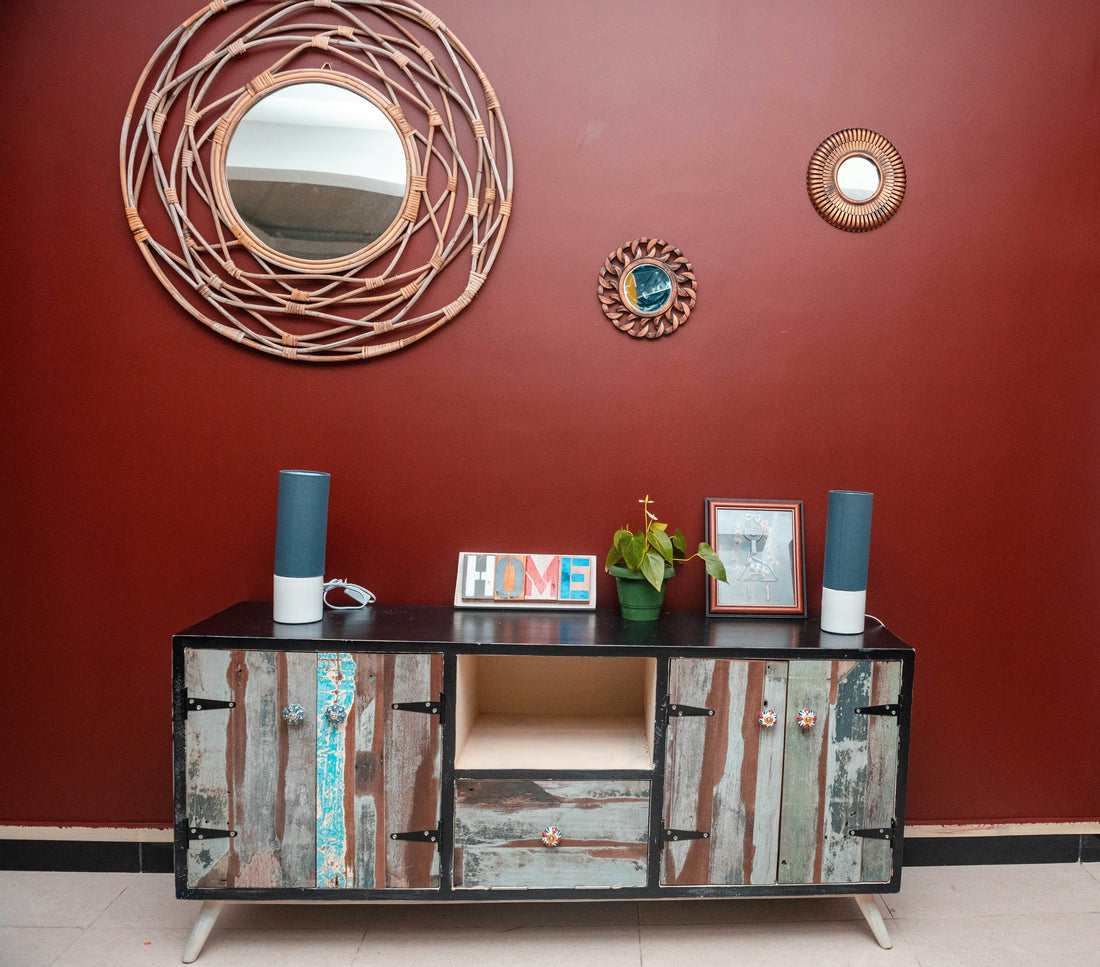
The Influence of Color in Residential Interiors
Anika VogelColor has consistently shaped the appearance of domestic spaces. Historical records show that early societies used specific colors to indicate cultural or functional significance. Earth tones were common in traditional dwellings, while brighter pigments were often reserved for ceremonial or public spaces.
In the 20th century, interior color schemes shifted alongside cultural and design movements. Modernist interiors favored neutral and monochrome palettes to emphasize architectural lines and furniture arrangement. Mid-century designs introduced contrasting colors, using primary shades against muted backgrounds to delineate areas and highlight structural elements.
Color placement continues to affect spatial perception today. Lighter shades can expand perceived space, while darker tones may create a sense of enclosure in specific rooms. Accent walls and coordinated surface colors demonstrate how color can guide the eye and organize areas within open-plan interiors.
An analytical approach to color selection considers proportion, lighting, and historical trends. By examining these factors, designers and homeowners can achieve cohesive interiors that are visually structured and coherent, without relying on subjective or emotional interpretations.
